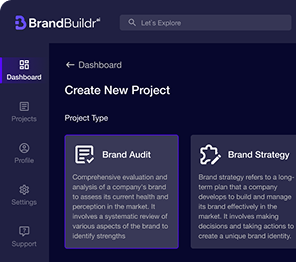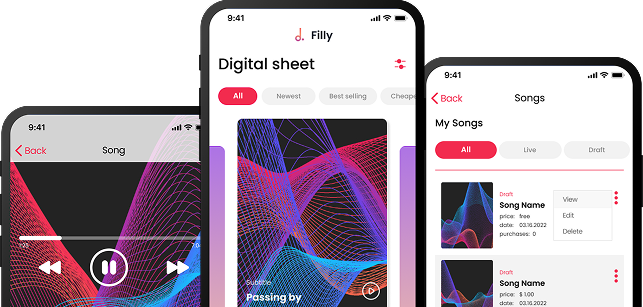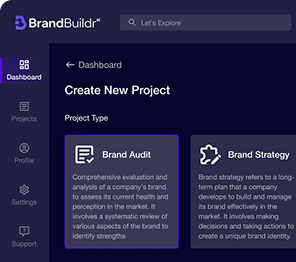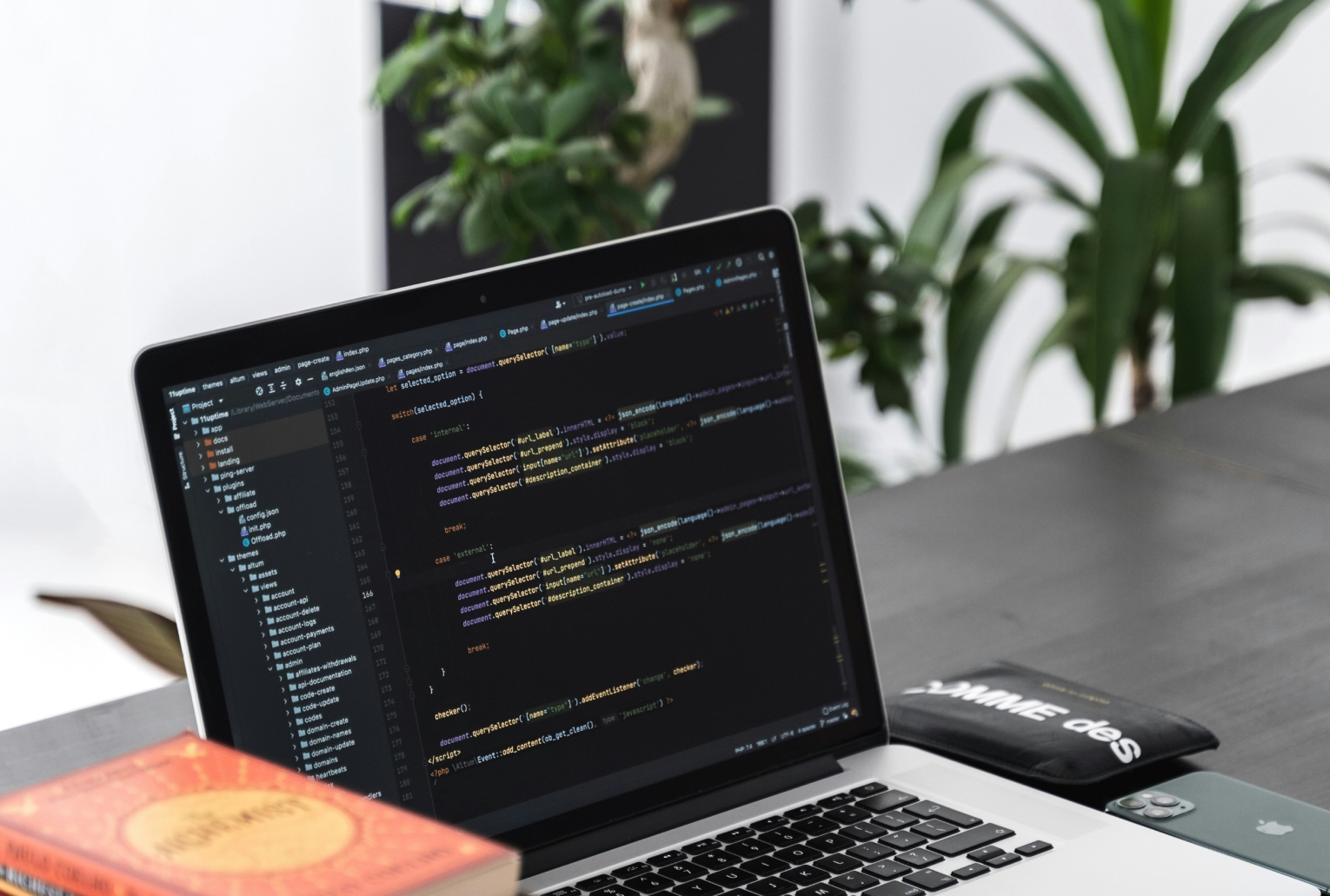In the fast-paced world of mobile applications, performance is a critical factor that can make or break the success of an app. Users have high expectations when it comes to speed, responsiveness, and reliability, and even a slight delay can lead to frustration, negative reviews, and app abandonment. To meet these demands, developers must focus on optimizing app performance throughout the development lifecycle and beyond. This article explores the best practices and tools that can help you enhance the performance of your mobile app, ensuring a seamless and satisfying user experience.

Understanding Mobile App Performance
The Importance of Performance
Mobile app performance is a key determinant of user satisfaction and engagement. A high-performing app loads quickly, responds to user input instantly, and functions smoothly without crashes or errors. Performance issues can lead to a poor user experience, which in turn can result in negative reviews, decreased user retention, and lower revenue.
Key Performance Metrics
To effectively optimize your app, it's important to track and measure key performance metrics. Some of the most critical metrics include:
- App Load Time: The time it takes for the app to start and become usable. Ideally, this should be under 2 seconds.
- UI Responsiveness: The speed at which the app responds to user input, such as taps, swipes, and gestures.
- Battery Usage: The impact of the app on the device's battery life. High battery consumption can lead to user dissatisfaction.
- Memory Usage: The amount of RAM the app consumes during operation. Excessive memory usage can slow down the device and lead to crashes.
- Network Efficiency: The app's ability to efficiently use network resources, minimizing data consumption and ensuring smooth operation even on slower connections.

Best Practices for Enhancing Mobile App Performance
Optimize App Architecture
A well-designed app architecture is the foundation of good performance. This involves choosing the right development framework, following best practices for code organization, and designing for scalability.
- Choose the Right Framework: Native development (using Swift for iOS or Kotlin for Android) generally offers the best performance, but cross-platform frameworks like Flutter or React Native can also deliver high performance with proper optimization.
- Modularize Code: Break down your code into smaller, reusable modules to improve maintainability and performance. This also makes it easier to optimize specific parts of the app without affecting the entire system.
- Use Lazy Loading: Load content only when it's needed rather than loading everything upfront. This reduces the initial load time and improves responsiveness.
Minimize Resource Usage
Efficient resource management is crucial for optimizing app performance. This includes minimizing CPU and memory usage, as well as optimizing battery and network consumption.
- Reduce Memory Footprint: Use memory-efficient data structures and avoid holding onto large objects in memory unnecessarily. Implement efficient caching strategies to reduce memory usage.
- Optimize Images and Media: Compress images and media files to reduce their size without compromising quality. Use appropriate image formats (e.g., WebP for images) and resolutions for different devices.
- Optimize Battery Usage: Reduce background processing and avoid unnecessary network requests. Implement power-saving modes for background tasks and ensure that your app doesn't drain the battery excessively.
- Network Optimization: Use efficient data serialization formats (e.g., JSON, Protocol Buffers) and minimize the size of network payloads. Implement caching and data synchronization strategies to reduce the need for frequent network requests.
Improve UI Responsiveness
A responsive user interface is key to delivering a smooth and enjoyable user experience. Ensuring that the app responds quickly to user input and provides feedback is essential.
- Avoid Blocking the Main Thread: Keep intensive tasks, such as data processing or network requests, off the main thread to prevent the UI from freezing. Use background threads or asynchronous processing to handle such tasks.
- Use Smooth Animations: Implement smooth, fluid animations that run at 60 frames per second (FPS) to create a responsive and engaging user experience. Avoid overusing animations, as they can consume CPU resources.
- Implement Touch and Gesture Optimization: Ensure that touch and gesture events are processed efficiently and that the app responds to user input instantly. Optimize touch target sizes and spacing to improve usability.
Implement Efficient Data Handling
Efficient data handling is crucial for maintaining app performance, especially when dealing with large datasets or frequent network requests.
- Use Local Storage: Store data locally whenever possible to reduce the need for network requests. Implement data synchronization strategies to keep local and remote data in sync.
- Implement Efficient Database Queries: Optimize database queries to retrieve data quickly and reduce load times. Use indexes and optimized query structures to speed up data retrieval.
- Use Background Data Processing: Perform data processing tasks, such as data parsing or aggregation, in the background to avoid blocking the UI and impacting performance.
Optimize for Different Devices
Mobile apps must perform well across a wide range of devices with varying hardware capabilities and screen sizes.
- Test on Multiple Devices: Test your app on a variety of devices, including older models and devices with different screen sizes and resolutions. This helps identify performance bottlenecks and ensure a consistent experience across devices.
- Adaptive Design: Implement adaptive design techniques to ensure that the app's UI and features are optimized for different screen sizes and resolutions. This includes using scalable UI components and flexible layouts.
- Dynamic Resource Management: Adjust resource usage based on the device's capabilities. For example, reduce the quality of graphics or disable certain features on lower-end devices to improve performance.

Tools for Enhancing Mobile App Performance
Performance Profiling Tools
Performance profiling tools help you identify performance bottlenecks in your app and provide insights into how to optimize them.
- Xcode Instruments (iOS): Xcode Instruments is a powerful performance analysis tool that helps you profile your iOS app. It provides detailed information on CPU usage, memory allocation, UI responsiveness, and more. Use Instruments to identify performance issues and optimize your app accordingly.
- Android Studio Profiler: Android Studio Profiler offers a comprehensive suite of tools for profiling Android apps. It includes memory, CPU, and network profilers, as well as tools for analyzing battery usage and identifying performance bottlenecks.
Code Analysis and Optimization Tools
Code analysis tools help you identify inefficient code and optimize it for better performance.
- Linting Tools: Linting tools, such as ESLint or Android Lint, help you identify code quality issues and enforce best practices. These tools can catch potential performance issues, such as inefficient loops or memory leaks, before they impact the app's performance.
- Static Analysis Tools: Static analysis tools, such as SonarQube or Coverity, analyze your code for potential performance issues, security vulnerabilities, and code quality problems. Use these tools to ensure that your code is optimized for performance.
Automated Testing Tools
Automated testing tools help you test your app's performance across different devices and scenarios, ensuring that it performs well under various conditions.
- Firebase Test Lab: Firebase Test Lab allows you to test your Android and iOS apps on a wide range of real devices hosted in the cloud. You can run automated tests to identify performance issues across different device models and configurations.
- Appium: Appium is an open-source tool for automating mobile app testing. It supports both Android and iOS platforms and allows you to run automated UI tests to ensure that your app's performance meets user expectations.
Monitoring and Analytics Tools
Monitoring and analytics tools provide real-time insights into your app's performance in the wild, helping you identify and address performance issues as they arise.
- Firebase Performance Monitoring: Firebase Performance Monitoring provides real-time insights into your app's performance, including app start time, network latency, and UI responsiveness. Use this tool to monitor your app's performance in production and identify areas for improvement.
- New Relic Mobile: New Relic Mobile is a performance monitoring tool that provides detailed analytics on your app's performance, including crash reports, network request data, and user interactions. It helps you identify and address performance issues in real-time.

Case Studies: Enhancing Mobile App Performance
Uber
Uber is a prime example of a mobile app that prioritizes performance optimization. With millions of users relying on the app for real-time ride-hailing services, Uber has implemented numerous optimizations to ensure a seamless experience. The company uses custom-built tools and libraries to profile and optimize their app, ensuring that it performs well even under high load conditions. Uber also invests in real-time monitoring and analytics to quickly identify and resolve performance issues as they arise.
Instagram is another app that has undergone significant performance optimization to handle its massive user base. The app uses efficient data loading techniques, such as lazy loading and caching, to reduce load times and improve responsiveness. Instagram also invests in automated testing and real-time monitoring to ensure that the app performs well across different devices and network conditions.
Spotify
Spotify has invested heavily in performance optimization to deliver a smooth and responsive music streaming experience. The app uses efficient data streaming techniques, adaptive bitrate streaming, and caching to minimize network usage and reduce buffering times. Spotify also prioritizes UI responsiveness by keeping intensive tasks off the main thread and optimizing animations for a smooth user experience.
Conclusion
Enhancing mobile app performance is essential for delivering a positive user experience and ensuring the long-term success of your app. By following best practices such as optimizing app architecture, minimizing resource usage, improving UI responsiveness, and using the right tools, you can create a high-performing app that meets user expectations.
Remember that performance optimization is an ongoing process. Regularly monitor your app's performance, gather user feedback, and be prepared to make continuous improvements. By staying proactive and committed to performance excellence, your app can stand out in a competitive market, retaining users and fostering growth.

Heading 1
Heading 2
Heading 3
Heading 4
Heading 5
Heading 6
Lorem ipsum dolor sit amet, consectetur adipiscing elit, sed do eiusmod tempor incididunt ut labore et dolore magna aliqua. Ut enim ad minim veniam, quis nostrud exercitation ullamco laboris nisi ut aliquip ex ea commodo consequat. Duis aute irure dolor in reprehenderit in voluptate velit esse cillum dolore eu fugiat nulla pariatur.
Block quote
Ordered list
- Item 1
- Item 2
- Item 3
Unordered list
- Item A
- Item B
- Item C
Bold text
Emphasis
Superscript
Subscript





















.avif)



.avif)

.avif)


